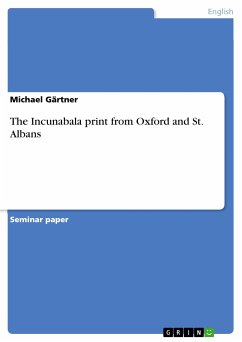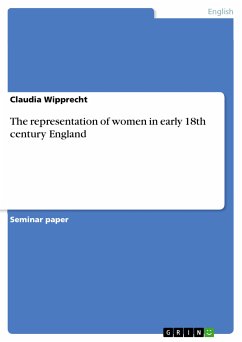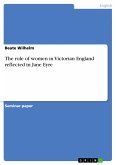Seminar paper from the year 2003 in the subject English Language and Literature Studies - Literature, grade: 2 (B), University of Münster (English Seminar), course: Hauptseminar: Early printing in England: Wynkyn de Worde, language: English, abstract: This paper is about the printing of incunabula in the old medieval cities of Oxford and St. Albans. The former was a centre of learning, the latter a centre of religion. Caxton, who lived and worked in Westminster, brought the craft of book printing from the continent and set up the first press in England. By far the most important part of the printing was done in London, although it is true that at certain times France, the Low Countries and Switzerland made important contributions to the English book market. Moreover a variety of centres in England such as Oxford, St. Albans, Canterbury, York and Cambridge were responsible for some printing. Nevertheless their output was small and many presses went bankrupt. The first presses were founded by outstanding craftsmen trying to serve the needs of the market and assuming all the risks of production and sale. However, printing in England can only be considered against the background of trade with the Continent. The name of the first English printer varies from Theodoric to Dietrich1 Rood but the same person is meant. Thomas Hunt and the schoolmaster of St. Alban’s seem to be the “exceptions to the rule that printers in the British Isles were French, Netherlandish or German by birth, until Andrew Myllar began to print in Edinburgh and John Rastell in London”2. Oxford University Press is today one of the finest publishing houses in the world. It dates back to 1585, when “printing (there) became firmly established”3. However, there existed two presses long before that date and there was a press in St. Albans for a short time, too. [...]









